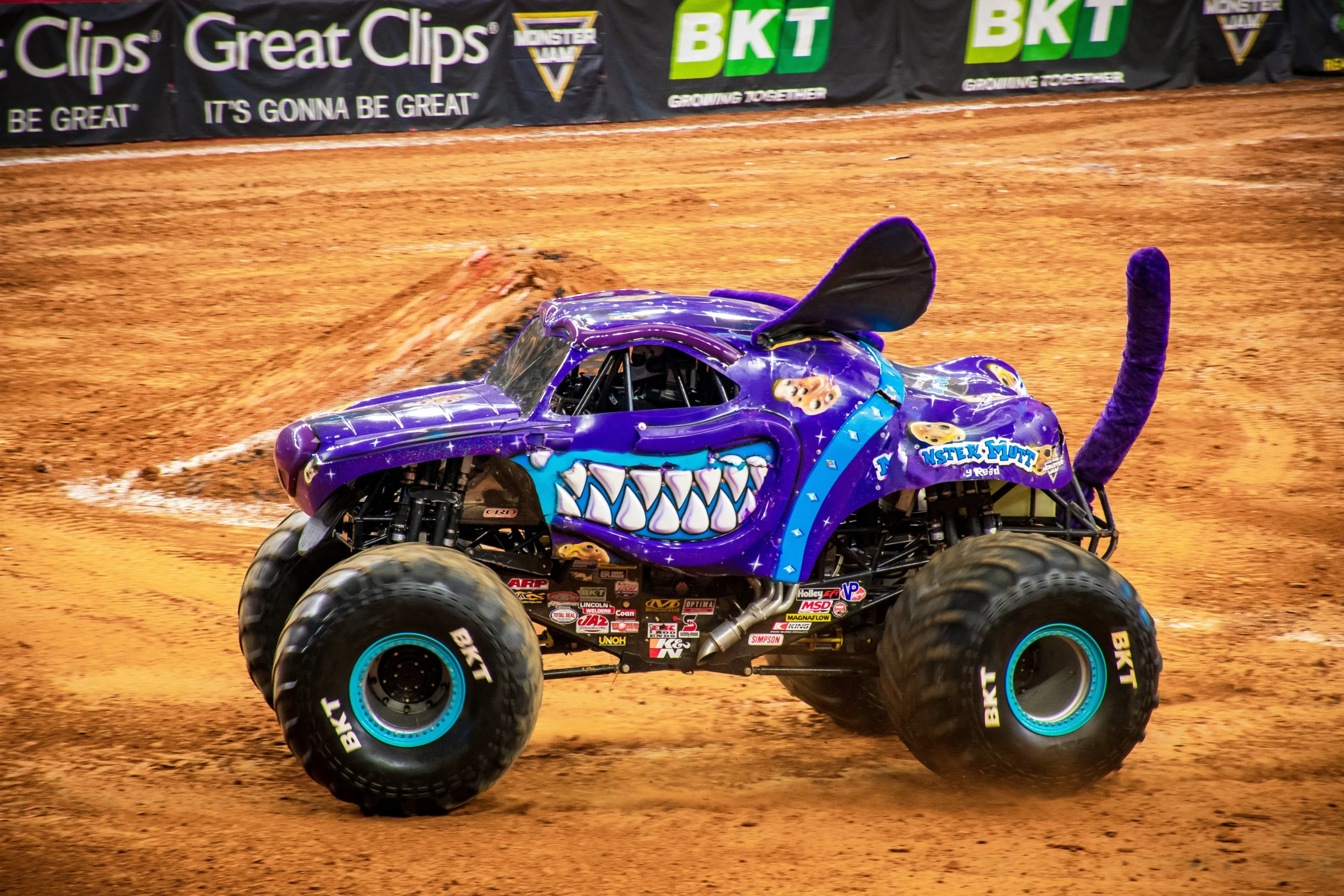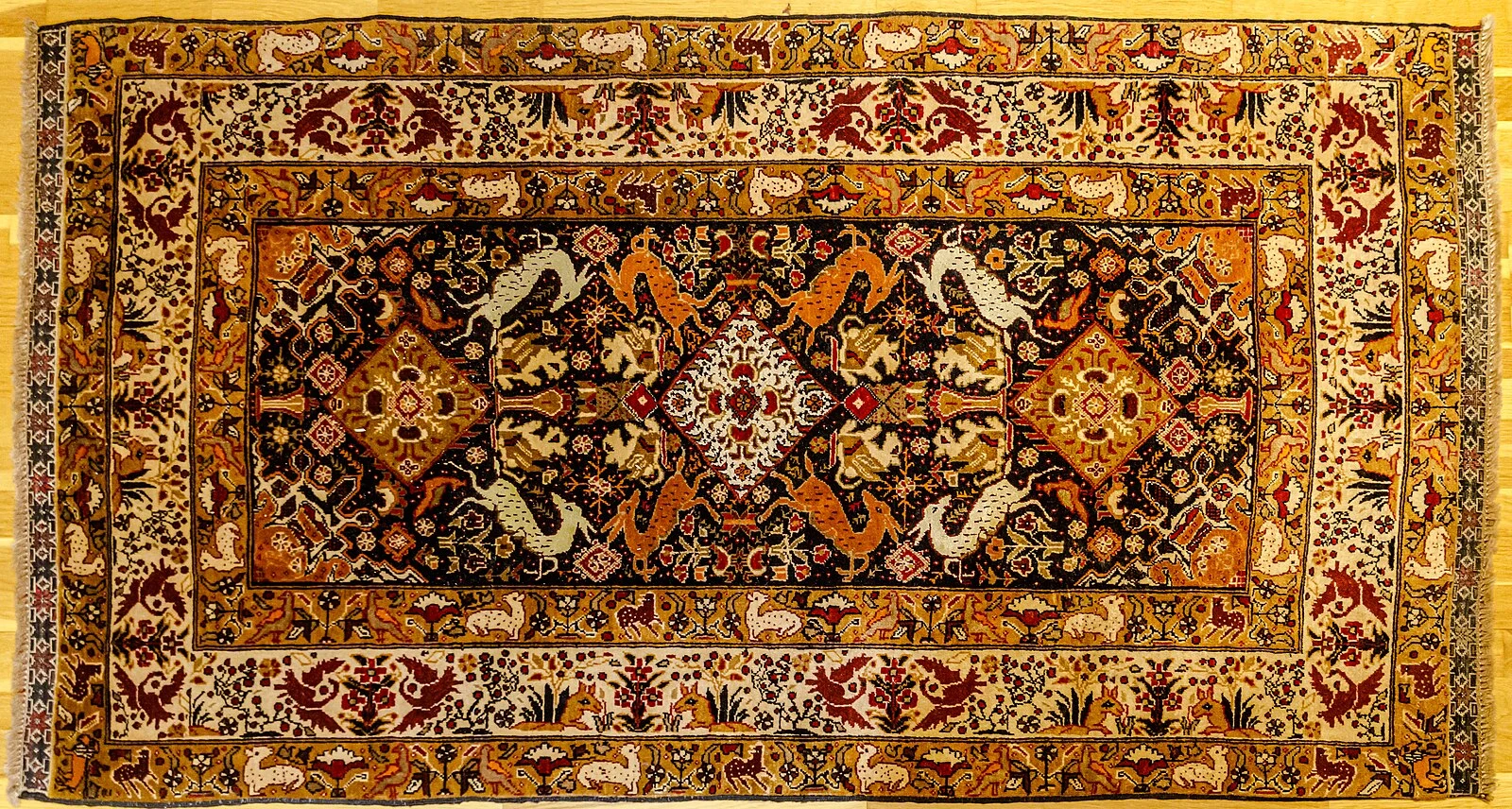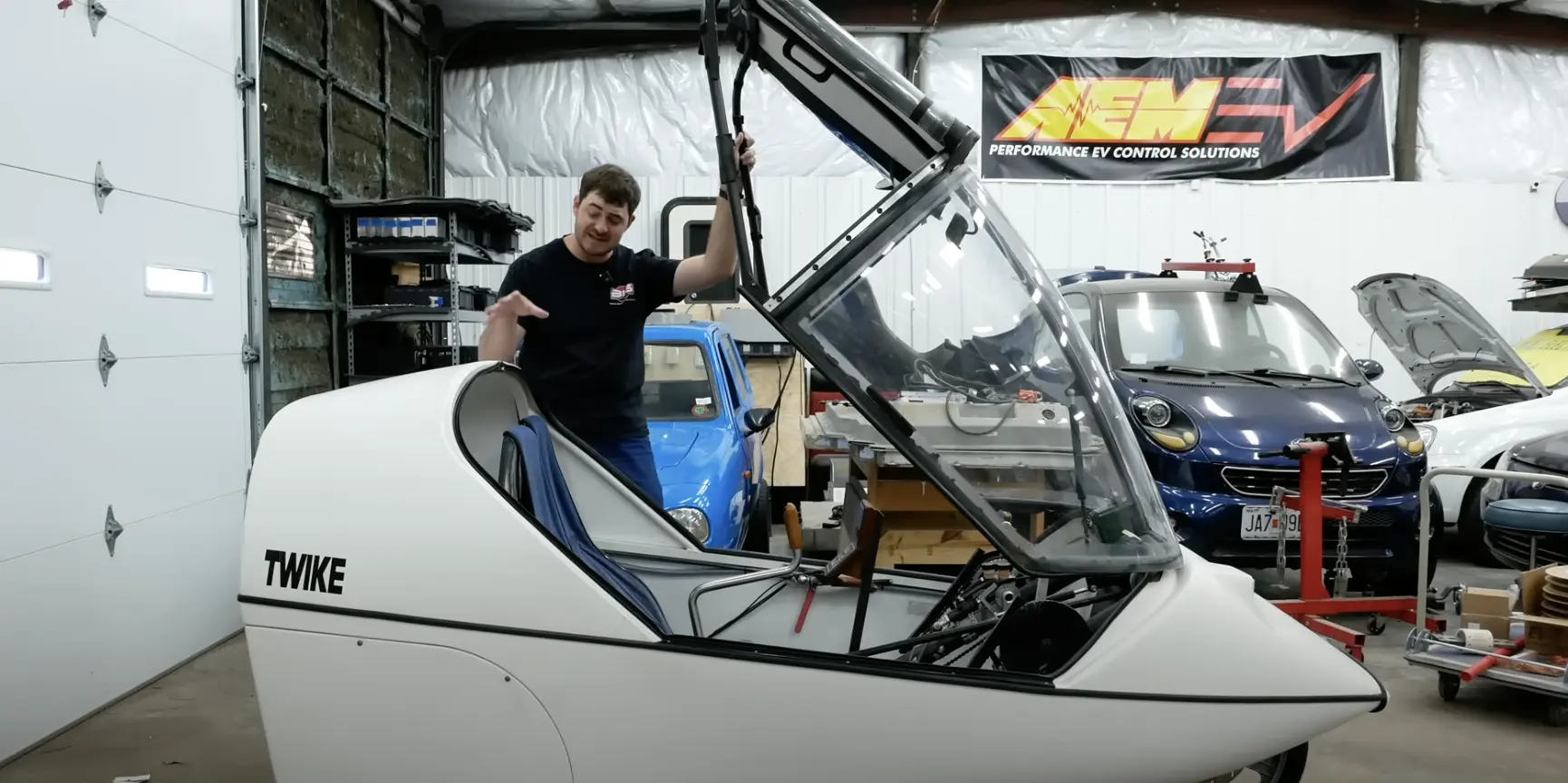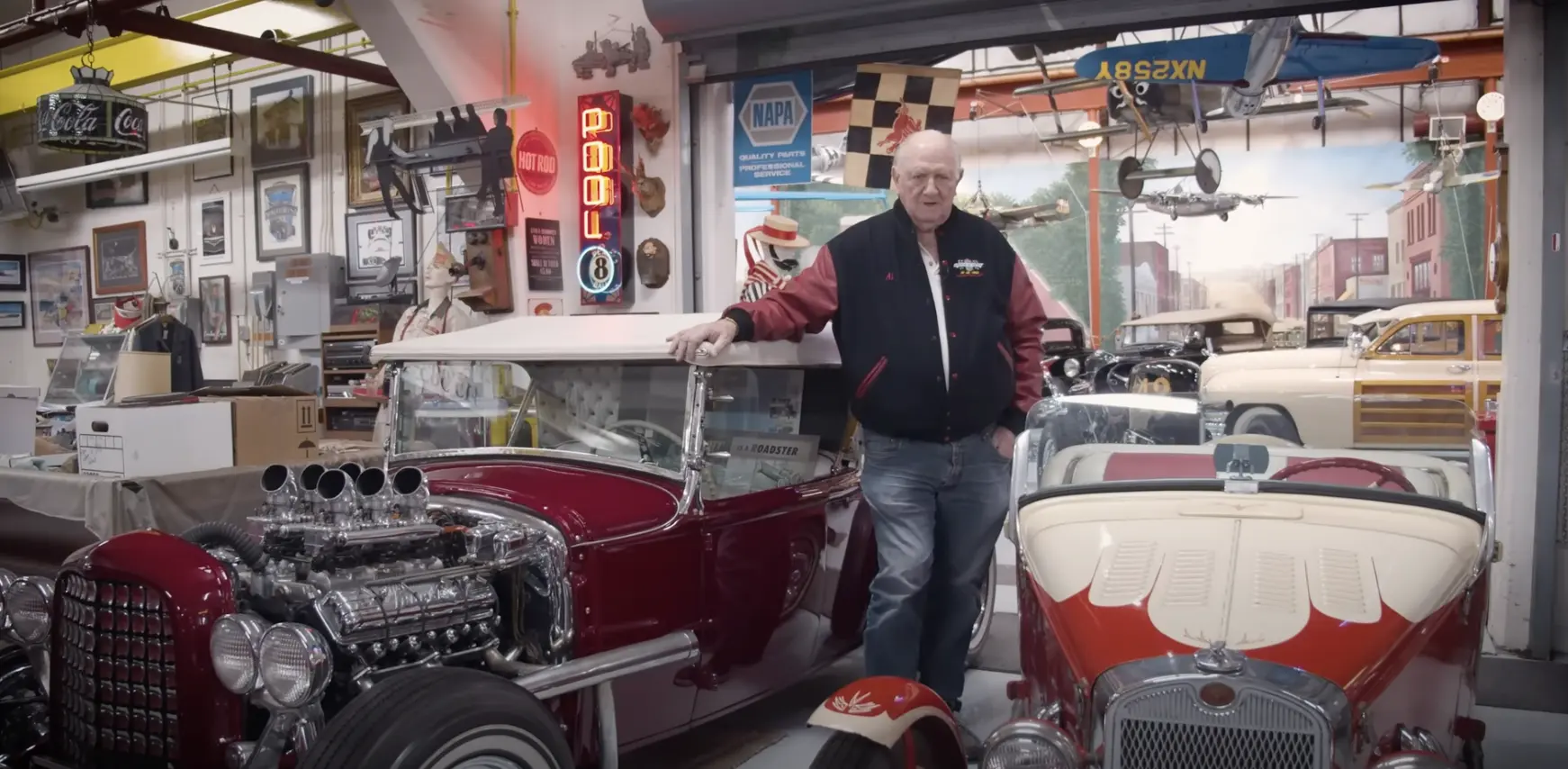Bigfoot, Snakebite, Gravedigger, El Toro Loco; they aren’t the names of villains in the next big comic book film, they’re monsters of a totally different breed. These are monsters that can crush an average-sized sedan. They can leap great heights into the air. When they’re on a rampage you can hear them roaring from miles away—that’s right, they’re monster trucks.
The genesis of monster trucks can be traced back to the early 1970s and mid-1980s when they emerged from the United States’ car and truck modification culture. Initially, these vehicles were not built for the entertainment purposes they are known for today. Instead, they started as modified pickup trucks that enthusiasts would equip with larger tires, lifted suspensions, and more powerful engines. The primary objective was to create a vehicle that could navigate rough, off-road terrains more effectively than standard trucks.
Bob Chandler, a construction worker from the Midwest, is often credited with creating the first monster truck. He modified his 1974 Ford F-250 pickup truck, which he named “Bigfoot,” by adding larger tires and a more powerful, 460 cubic inch big block V8 engine. This truck is considered the original monster truck, and it gained fame through car shows and mud bogging events. Chandler’s modifications included 48-inch tires, and as the popularity of his vehicle grew, he began to demonstrate its capabilities by driving over cars, which eventually became a hallmark of monster truck shows.
The spectacle of these modified trucks crushing smaller vehicles caught the public’s imagination, leading to the development of organized monster truck events. These events would showcase not just the power and size of these trucks but also their ability to perform jumps and stunts. As the popularity of monster trucks grew, so did the scale and scope of their design, with trucks becoming larger and more specialized for entertainment purposes, evolving into the high-flying, car-crushing behemoths that are popular in arenas around the world today.
Thus, the creation of the first monster trucks was a gradual process that evolved from practical modifications for off-road use to the creation of a new form of entertainment that combined automotive power with theatrical spectacle.
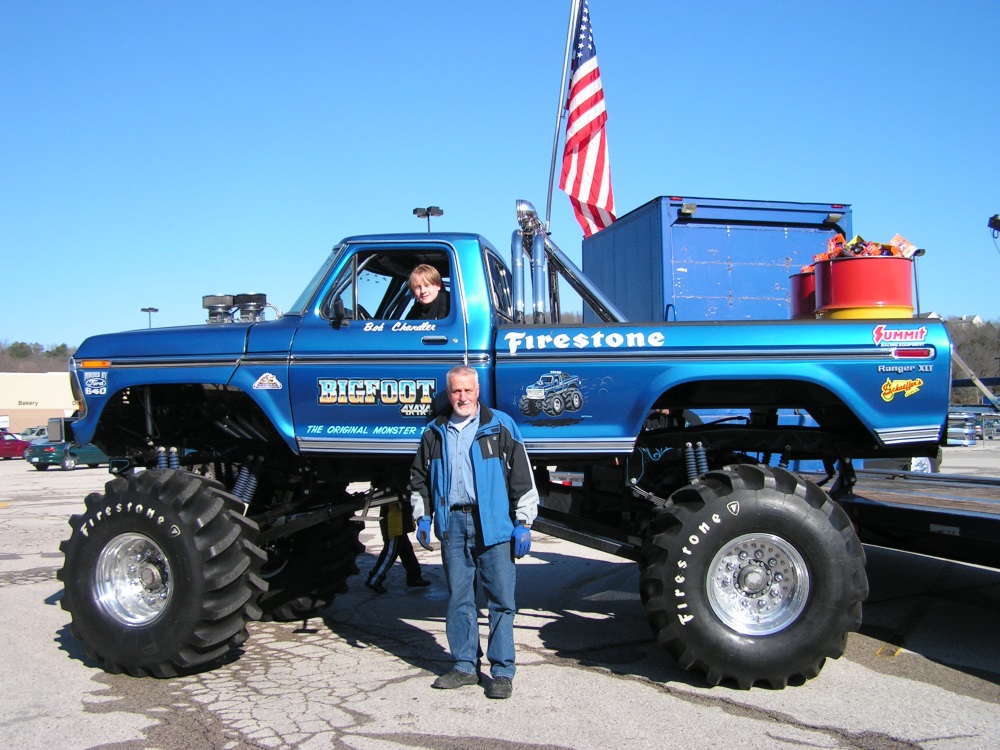
The Roots of a Subculture
The car and truck modification culture in the United States has deep roots that trace back to the post-World War II era, when returning veterans began experimenting with vehicles, particularly in the hot rod scene. This culture was driven by a desire to not only improve vehicle performance but also to personalize automobiles, making them standouts in terms of speed, appearance, and capability. Hot rodding initially focused on modifying cars for increased speed and performance, often for racing on streets or salt flats.
As this culture evolved, it expanded beyond just cars to include trucks, with enthusiasts seeking to enhance their vehicles for better off-road performance and utility. This shift was partly due to the rugged, expansive American landscape, which offered plenty of opportunities for off-roading adventures. The modifications included engine upgrades, suspension adjustments, and, significantly, the addition of larger tires, which improved a vehicle’s ability to traverse rough terrains.
The 1970s and 1980s saw a surge in interest in off-roading and recreational vehicle use, reflecting a growing American fascination with exploring the outdoors and testing the limits of vehicle performance in challenging environments. This period also saw the rise of 4×4 trucks as symbols of rugged individualism and mechanical prowess, laying the groundwork for more extreme modifications.
The creation of monster trucks was a natural progression in this culture of modification. Enthusiasts like Bob Chandler, who were already modifying their trucks for greater off-road capabilities, began pushing the boundaries of what was possible. The installation of oversized tires and powerful engines was initially intended to tackle more challenging terrains and to demonstrate the trucks’ power at local events. However, as these trucks began performing feats like car crushing and making high jumps, they captured the public’s imagination, leading to the emergence of monster truck shows as a form of entertainment.
The car and truck modification culture provided the technical knowledge, creativity, and community foundation necessary for the development of monster trucks. It was this culture of innovation and a desire to push the limits of automotive design that paved the way for the first monster trucks, transforming them from modified pickups into the spectacular show vehicles we know today. This transition from practical modifications for enhanced performance to entertainment-oriented design reflects the broader evolution of automotive culture in the United States, where vehicles are not just modes of transportation but also expressions of personal identity and technological ambition.
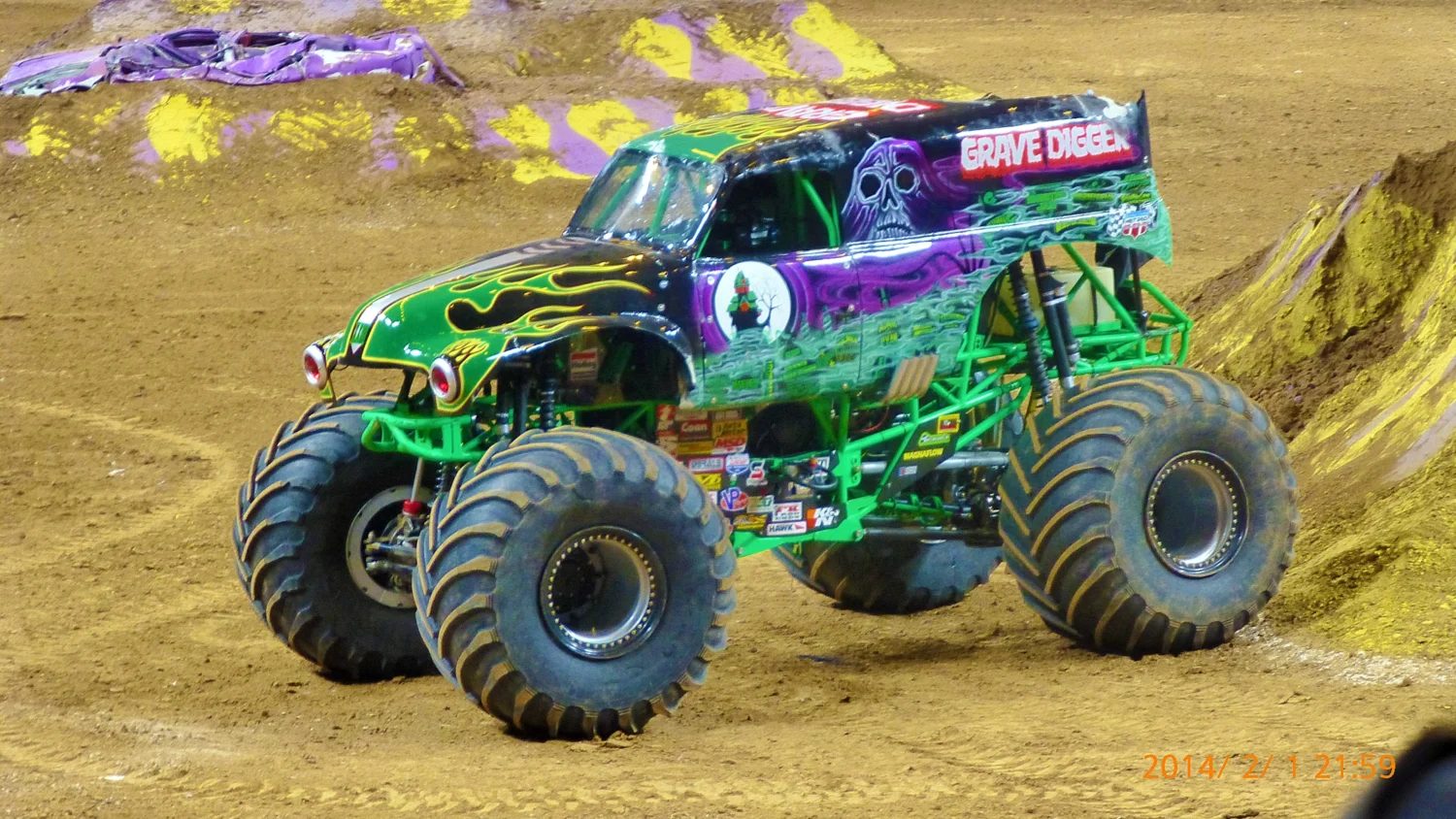
The Rise of Monsters
The journey from a single monster truck with a cult following to a widespread culture of monster truck exhibitions is a fascinating tale of automotive evolution, entertainment, and the human drive for spectacle. The seminal moment in this evolution was arguably the creation and rise to fame of “Bigfoot,” the monster truck built by Bob Chandler. Bigfoot’s initial popularity stemmed from its appearances at car shows and its feats of strength, such as car crushing, which were often filmed and distributed, creating a burgeoning fan base.
Bigfoot’s success and growing fan base demonstrated a public appetite for such spectacles, encouraging the creation of more monster trucks and the formalization of monster truck shows. Early monster truck shows were primarily exhibitions rather than the competitive events seen today. They featured monster trucks performing car crushes as the main attraction, alongside other entertainment acts like motocross races and mud bogging. These events were characterized by their family-friendly atmosphere, aiming to appeal to a broad audience with a mix of awe-inspiring truck feats and carnival-like elements.
As interest grew, promoters and organizers began to see the potential for monster trucks as a standalone entertainment form. This led to the development of structured competitions, where trucks would compete in races, freestyle events, and car-crushing demonstrations, judged on their performance, style, and crowd reaction. The formation of the Monster Truck Racing Association (MTRA) in the mid-1980s helped standardize safety regulations and competition rules, further professionalizing the sport. Because monster trucks need so many custom parts that would not fit on stock vehicles, knowing how to maintain these larger-than-life machines is also a specialized trade skill, and there are dedicated monster truck mechanics who are familiar with the specific challenges and needs of these vehicles.
The peak of monster truck popularity can be traced to the late 1980s and 1990s, when televised events and national tours helped propel monster trucks into mainstream entertainment. Shows like “Monster Jam” became household names, drawing large crowds to stadiums across the country and internationally.
Key figures in the monster truck scene include Bob Chandler, the creator of Bigfoot, who is often called the “Father of Monster Trucks.” His innovations and public exhibitions laid the groundwork for the monster truck industry. Other important contributors include Dennis Anderson, the creator of the Grave Digger truck, another iconic vehicle with a massive following. Anderson’s Grave Digger became known for its distinctive graveyard-themed paint job and high-flying stunts, contributing to the sport’s popularity and competitive edge. Three of Anderson’s children also opted to follow in their father’s footsteps, becoming monster truck drivers themselves.
The evolution of monster truck shows from simple exhibitions to highly organized competitive events reflects the dynamic nature of this entertainment form. It showcases how creativity, engineering, and a penchant for spectacle can combine to create a lasting cultural phenomenon. The enduring appeal of monster trucks, with their combination of raw power, daring stunts, and family-oriented entertainment, continues to captivate audiences worldwide, maintaining its position as a unique and beloved part of American culture.
